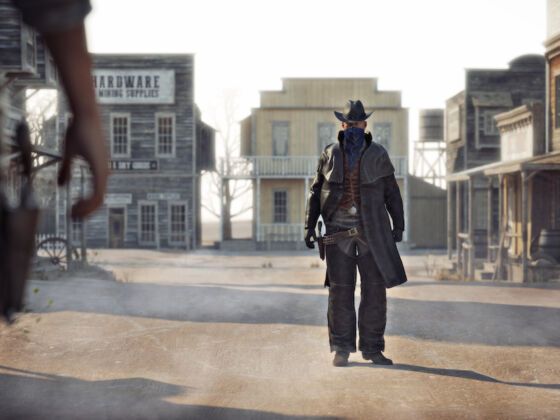Two hundred years ago a traveler had to wait months to traverse oceans. We now have the means to wake up in New York and fall asleep in Sydney, all in the same day.
The trend: travel is becoming exponentially more accessible to the common man.
But the tradeoff is that culture and history are being lost. Remote islanders maintain their outdated tribal customs merely to get a buck from the nearest walking wallet with a camera. Cities that in ancient times were considered quaint and romantic have become nothing more than identical concrete jungles.
We’re losing the remnants of human history with each passing day – why not find a means to time travel for leisure? Where would you go if you had a weekend in any city in any century?
